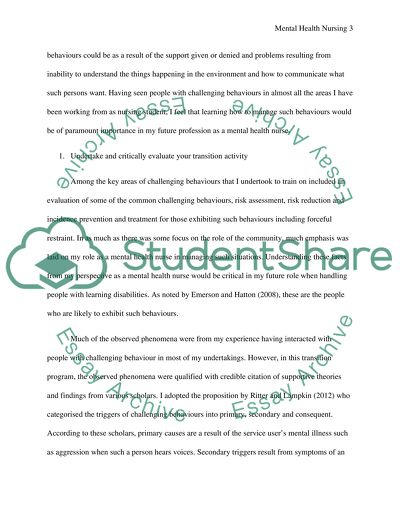Cite this document
(“Managing Challenging Behaviour in Mental Heath Essay”, n.d.)
Retrieved from https://studentshare.org/nursing/1401514-it-is-a-description-which-i-have-put-under
Retrieved from https://studentshare.org/nursing/1401514-it-is-a-description-which-i-have-put-under
(Managing Challenging Behaviour in Mental Heath Essay)
https://studentshare.org/nursing/1401514-it-is-a-description-which-i-have-put-under.
https://studentshare.org/nursing/1401514-it-is-a-description-which-i-have-put-under.
“Managing Challenging Behaviour in Mental Heath Essay”, n.d. https://studentshare.org/nursing/1401514-it-is-a-description-which-i-have-put-under.


